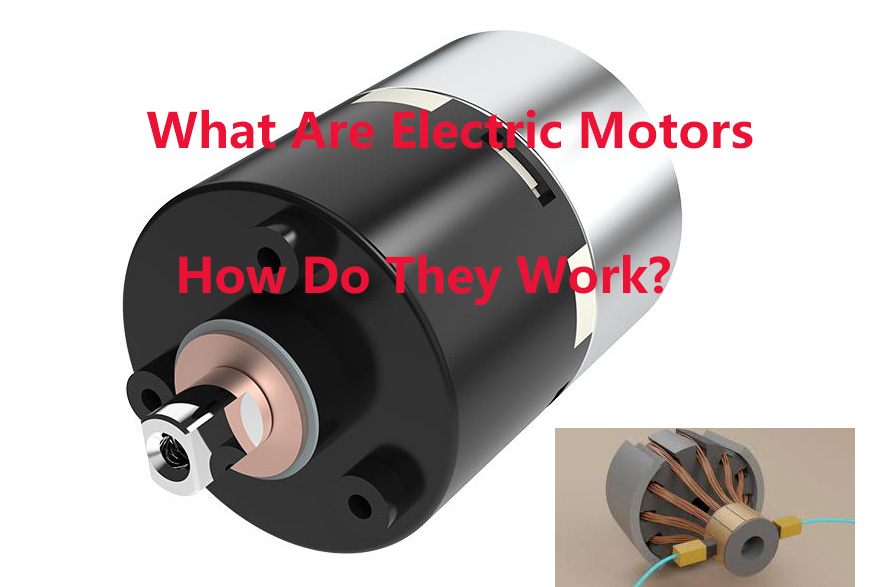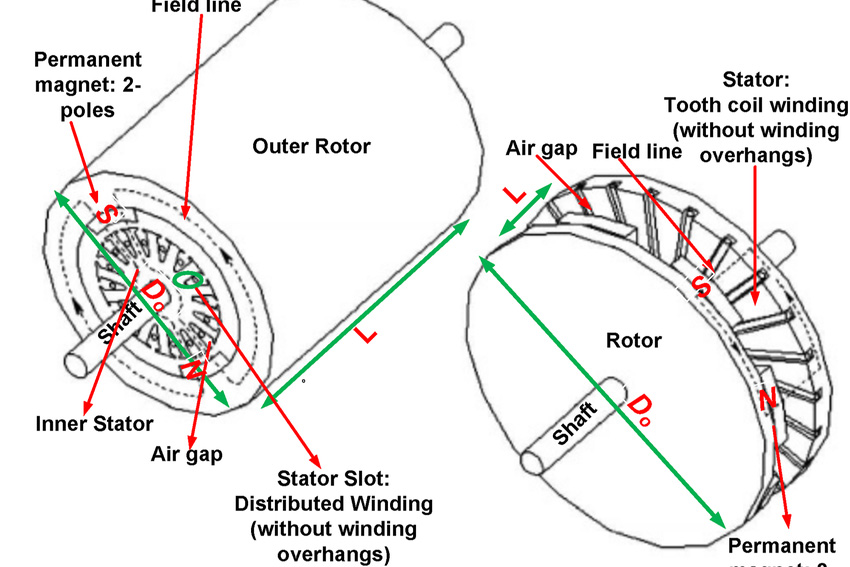Magnet Rotor Wind Turbines: Transforming Wind Energy into Electricity
Last updated on {{lastDate}}
Wind energy has emerged as a clean and sustainable solution to meet our growing electricity demands. Among the various technologies powering wind turbines, magnet rotor wind turbines have been gaining significant attention for their efficiency, reliability, and potential to revolutionize the renewable energy landscape. In this article, we will delve into the fascinating world of
magnet rotor wind turbines and explore how they are transforming the kinetic energy of the wind into electricity.

The Basics of Wind Energy Conversion
Before we dive into
magnet rotor wind turbines, let's first understand the fundamental principle behind wind energy conversion. Wind turbines, whether traditional or cutting-edge, operate on the same core principle: harnessing the kinetic energy of moving air to generate electricity. This process involves several key components:
- Rotor Blades: These large, aerodynamic blades capture the energy of the wind as it blows over them. The shape and design of these blades are critical to maximizing energy capture.
- Generator: The generator is responsible for converting mechanical energy into electrical energy. Traditional wind turbines use a gearbox to achieve this conversion, while magnet rotor turbines use a different approach, which we'll explore shortly.
- Tower: The tower supports the rotor and places it at a height where wind speeds are typically higher and more consistent.
- Control System: To optimize energy production and protect the turbine from excessive forces, a sophisticated control system adjusts the angle and speed of the rotor blades.
Enter Magnet Rotor Wind Turbines
Magnet rotor wind turbines are a unique breed of wind turbines that eliminate the need for a gearbox in the energy conversion process. Instead, they employ a direct-drive system, where the rotor is directly connected to the generator. The key innovation here lies in the use of powerful permanent magnets and advanced materials.
Here's how a magnet rotor wind turbine works:
- Rotor Blades: The wind flows over the rotor blades, causing them to spin. This rotational motion is transferred directly to the rotor hub.
- Magnet Rotor: Inside the hub, a magnet rotor is connected to the blades. This rotor is equipped with powerful permanent magnets, typically made from rare-earth materials like neodymium.
- Stator: Surrounding the magnet rotor is a stationary component called the stator. As the magnet rotor spins, the changing magnetic field induces an electrical current in the stator coils.
- Electricity Generation: This induced current is then rectified and converted into usable electricity. Since there is no gearbox involved, the direct-drive system minimizes energy losses, making magnet rotor wind turbines more efficient.
Advantages of Magnet Rotor Wind Turbines
- Higher Efficiency: The direct-drive system reduces energy losses, resulting in higher overall efficiency.
- Reduced Maintenance: Eliminating the gearbox, which is a common point of failure in traditional wind turbines, leads to reduced maintenance requirements and longer lifespans.
- Lower Noise Levels: Magnet rotor wind turbines are often quieter than their geared counterparts, making them more suitable for residential areas.
- Improved Reliability: The use of permanent magnets and advanced materials enhances the reliability and durability of these turbines.
- Scalability: Magnet rotor technology is adaptable to various turbine sizes, from small residential units to large utility-scale installations.
Challenges and Future Prospects
While magnet rotor wind turbines offer numerous advantages, they are not without challenges. The production of rare-earth magnets can be environmentally problematic, and their scarcity can lead to supply chain issues. Additionally, magnet rotor turbines can be more expensive to manufacture than traditional designs, although this cost difference may be offset by their improved efficiency and reduced maintenance.
In the quest for more sustainable and efficient wind energy solutions, researchers are actively working to address these challenges. Alternative magnet materials and recycling processes are being explored to mitigate environmental concerns, while advances in manufacturing technology are expected to drive down production costs.
Conclusion
In conclusion, magnet rotor wind turbines represent a promising evolution in wind energy technology. Their ability to harness wind power more efficiently, reduce maintenance needs, and operate quietly makes them an attractive option for both onshore and offshore applications. As research and development efforts continue, we can anticipate further advancements that will help magnet rotor wind turbines play a pivotal role in our transition to a cleaner and more sustainable energy future.
About the author
Cathy Marchio
Cathy Marchio is an expert at Stanford Magnets, where she shares her deep knowledge of magnets like Neodymium and Samarium Cobalt. With a background in materials science, Cathy writes articles and guides that make complex topics easier to understand. She helps people learn about magnets and their uses in different industries, making her a key part of the company's success.
Reviews
{{viewsNumber}}
Thought On
"{{blogTitle}}"
LEVE A REPLY
(Cancle reply)
Your email address will not be published. Required fields are marked
*
{{item.children[0].name}}
{{item.children[0].created_at}}
{{item.children[0].content}}
More Replies
LEAVE A REPLY
Your email address will not be published. Required fields are
marked*
















